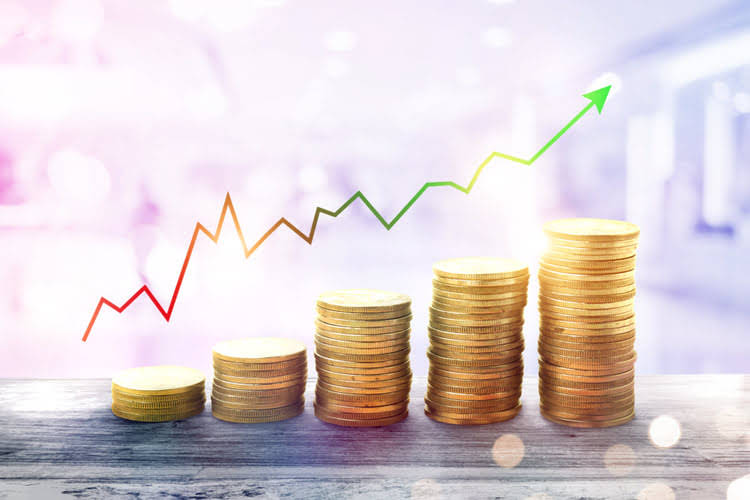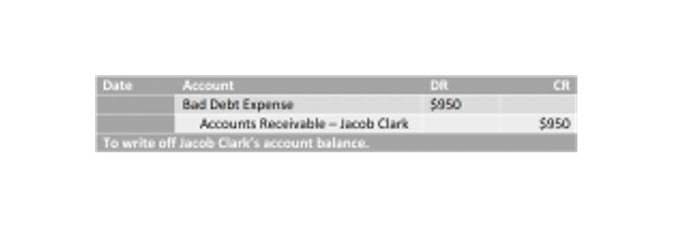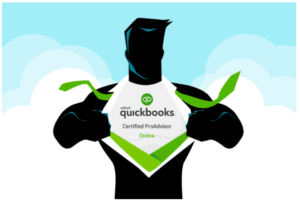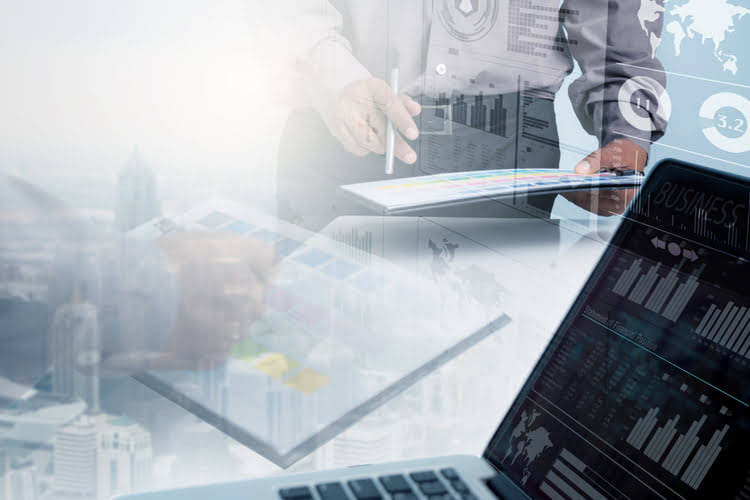About the Property, plant, equipment and other assets guide & Full guide PDF

For instance, an automobile company will likely have a much higher total value of PP&E than a technology company. Here’s an overview of GE Vernova’s business and whether the stock would benefit investors’ portfolios. The depreciable amount (cost less residual value) should be allocated on a systematic basis over the asset’s useful life [IAS 16.50]. If we add the $8 million in Capex and subtract the $6 million in depreciation from the beginning PP&E of $150 million, we arrive at $152 million for the ending PP&E balance in Year 1.
Depreciation (cost and revaluation models)
Depreciation is the systematic allocation of the cost of a physical asset over its useful life to reflect its gradual decrease in value. Accumulated depreciation is a company’s cumulative depreciation expense over time. A company may liquidate its property, plant, and equipment when they are no longer helpful or when a company is in a difficult financial position. To investors, selling property, plant, and equipment might signify a company’s poor financial health. These assets are used to generate revenues and profits for a company. When a company’s management team purchases PP&E, it often signals expectations for long-term growth.
IAS 16 — Stripping costs in the production phase of a mine

Broadly speaking, an asset is anything that has value and can be owned or used to produce value, and can theoretically be converted to cash. In business, assets can take several forms — equipment, patents, investments, and even cash itself. Here’s a rundown of the different types of assets a business can possess, and the type of assets that are considered to be plant assets.

What are plant assets?
In many cases, a company may not necessarily profit from selling them, depending on various factors. The ratio between Capex and depreciation typically converges towards 100% as a company matures. Like all roll-forward schedules in the financial models, we’ll link the beginning PP&E balance in Year 1 to the ending balance in Year 0. Suppose a company’s PP&E balance at the beginning of Year 0 is $145 million. The accounting treatment for repairs and replacements depends on the nature and significance of the work done. Proper classification ensures accurate financial reporting and compliance with accounting standards.
BUS103: Introduction to Financial Accounting
- The accounting treatment for repairs and replacements depends on the nature and significance of the work done.
- Investment analysts and accountants use PP&E to determine if a company is financially sound.
- Plant assets (other than land) are depreciated over their useful lives and each year’s depreciation is credited to a contra asset account Accumulated Depreciation.
- No, PP&E itself isn’t a capital expense; it is a category of assets, not an expense.
- This would be a way of investing in the long-term future of their business.
- At the same time will be more realistic to write off only a portion of the cost each year over the life of the asset, rather than allocating all cost at once when the asset is purchased.
A class of property, plant and equipment is a grouping of assets of a similar nature and use in an entity’s operations. Some examples of asset classes are land, land and buildings, machinery, motor vehicles, furniture and fixtures, office equipment. From an accounting perspective, https://www.bookstime.com/articles/retained-earnings-statement-example plant assets are typically held on the balance sheet at historical cost (what the company paid for them) less depreciation (ongoing wear-and-tear expense) over time. This can help provide accurate financial information if the market for plant assets is unusually volatile.
- A higher ratio is and indicative that the company have sufficient cash to invest in new capital expenditures (CAPEX), as opposite to a lower ratio that shows the company capital is tight.
- These resources are necessary for the companies to operate and ultimately make a profit.
- The objective of IAS 16 is to prescribe the accounting treatment for property, plant, and equipment.
- The ratio divides net sales by net fixed assets over an annual period.
- If a company produces machinery (for sale), that machinery is not classified as property, plant, and equipment, but rather is classified as inventory.
For an expense to be recognized as an asset and capitalized, there are specific requirements as per the IAS 16 Property, Plant and Equipment accounting standards. PP&E depreciation flows out of the Statement of Financial Position (Balance Sheet) from Property Plant and Equipment (PP&E) depreciation account onto the income statement as an expense. Get instant access to lessons taught by experienced private equity pros and bulge bracket is equipment a plant asset investment bankers including financial statement modeling, DCF, M&A, LBO, Comps and Excel Modeling. It is vital to understand the allocation of a company’s capital, whether it is making capital expenditures, and how it is raising capital to finance its projects. It is essential to know whether the asset is purchased using cash, financed by equity or debt, and how the purchasing of the asset affects the company’s financial viability.

It shows how well a business uses its fixed assets in order to generate sales. The ratio divides net sales by net fixed assets over an annual period. Tom’s Machine Shop is a factory that machines fine art printing presses.